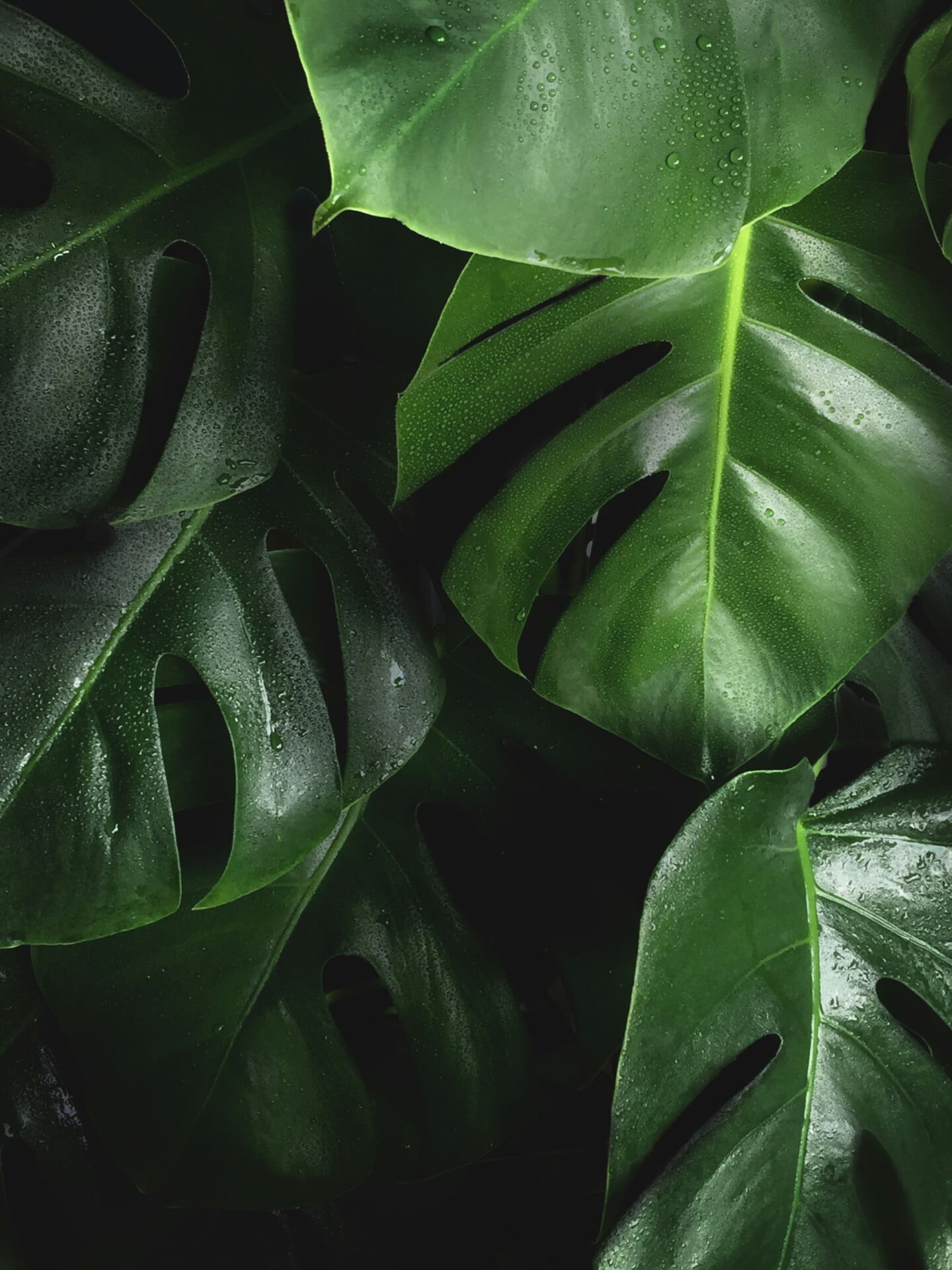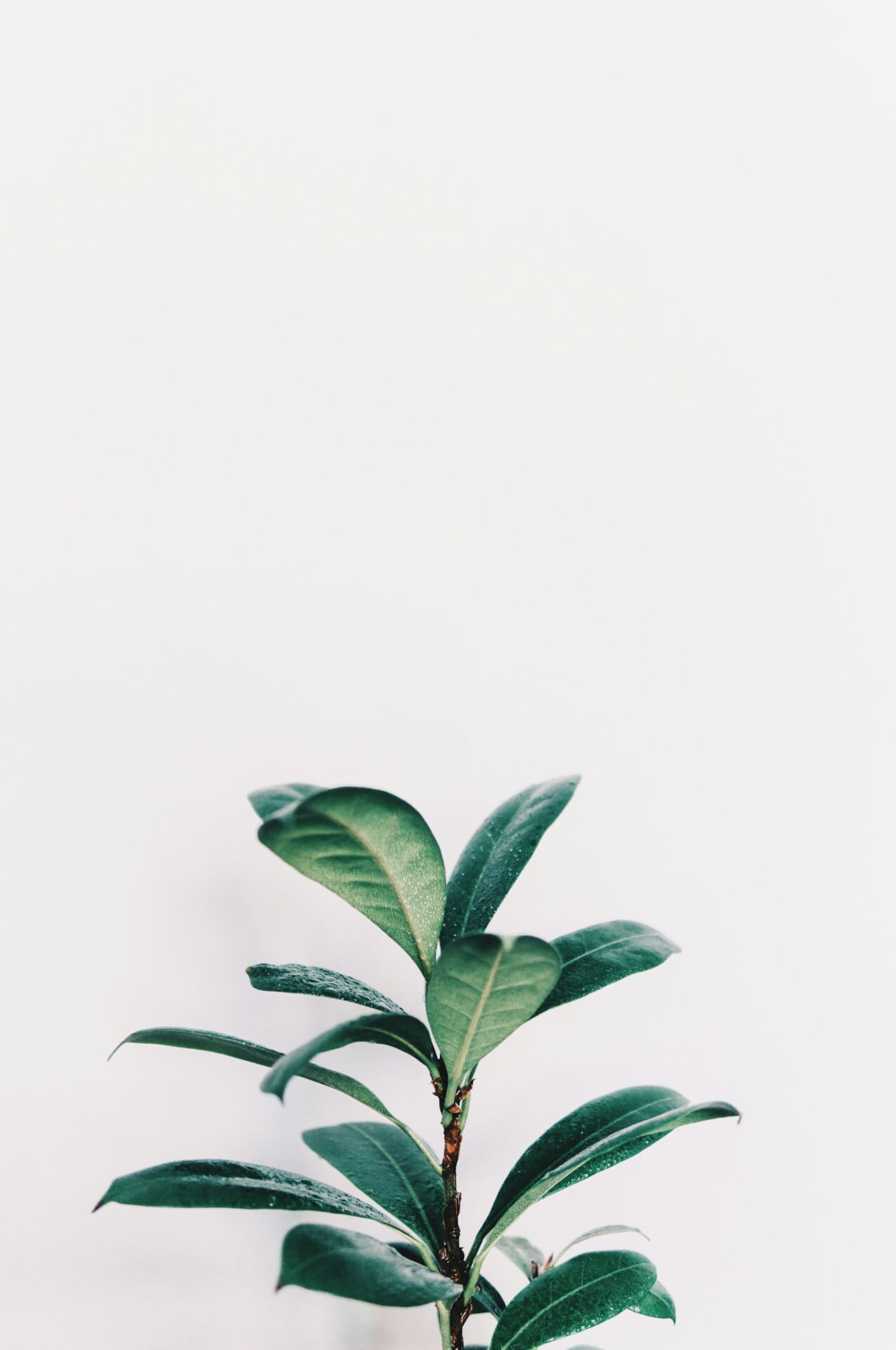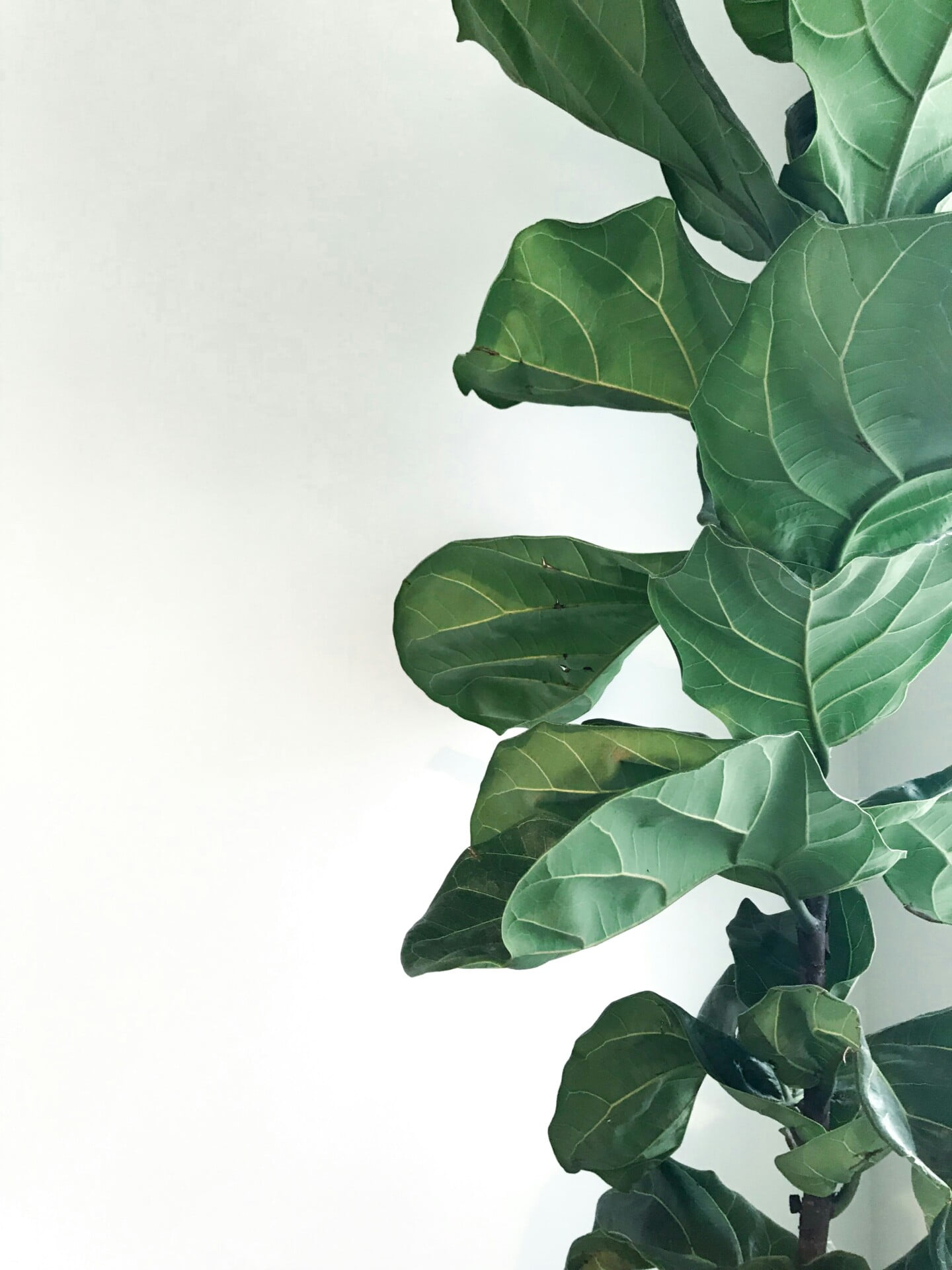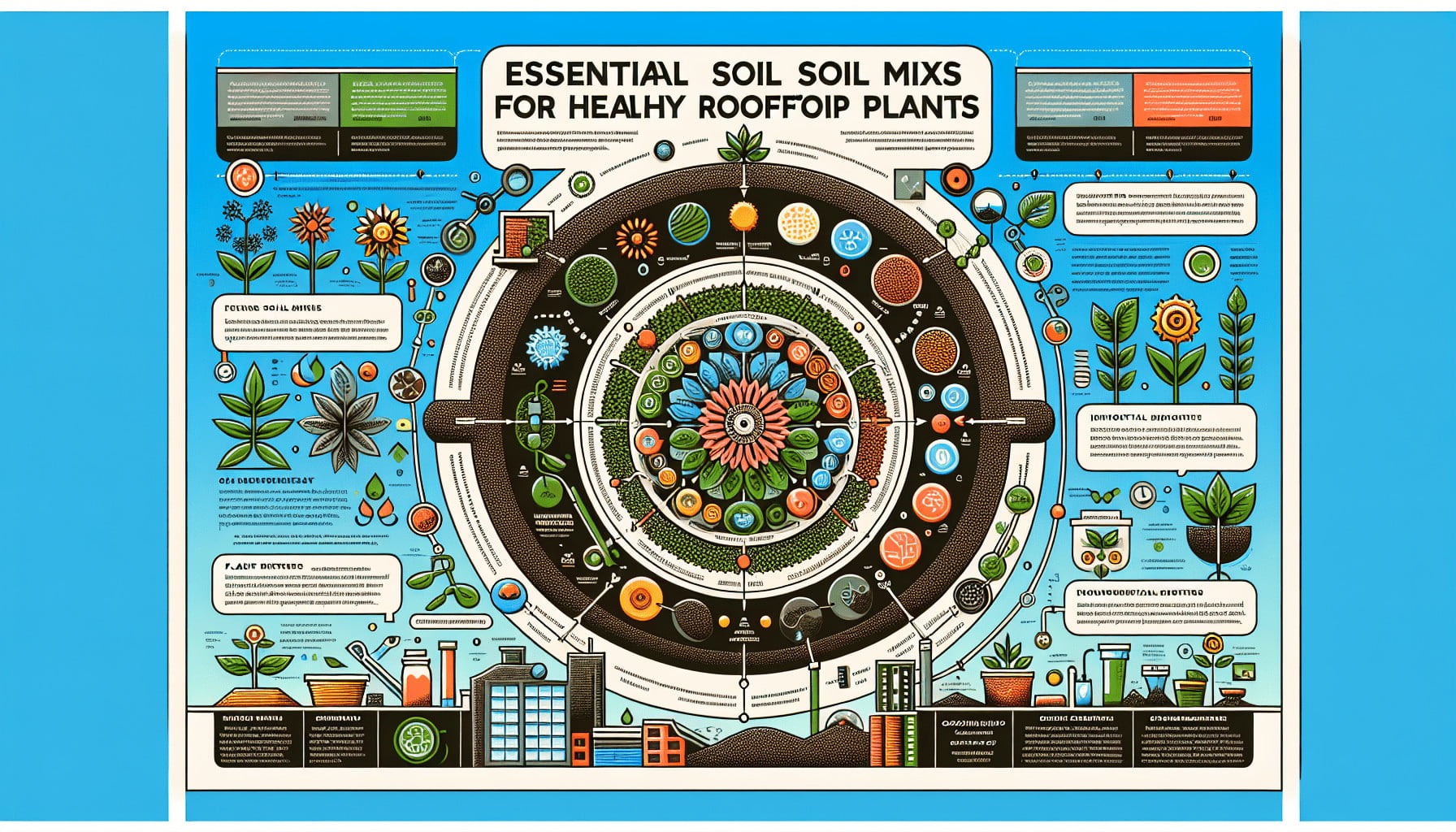Are you looking to transform your rooftop into a thriving green space? Look no further! In this article, we will explore the key to creating healthy rooftop plants: essential soil mixes. Whether you’re a seasoned gardener or a beginner, these soil mixes are the secret ingredient to ensuring your rooftop plants thrive, even in challenging environments. Join us as we uncover the benefits of using essential soil mixes and discover how they can enhance the beauty and vitality of your rooftop garden.
Benefits of Using Essential Soil Mixes
Improved Nutrient Availability
Using essential soil mixes can greatly improve the availability of nutrients for your rooftop plants. A well-balanced soil mix ensures that essential nutrients are present in adequate quantities, allowing your plants to thrive. By incorporating organic matter, such as compost or manure, into the soil mix, you can enrich it with nutrients like nitrogen, phosphorus, and potassium. These nutrients are vital for plant growth and development, and their availability in the soil promotes healthy foliage, strong root systems, and vibrant flowers or fruits.
Enhanced Drainage and Aeration
Proper drainage and aeration are essential for the health of rooftop plants. Essential soil mixes contain components like sand or perlite, which help improve soil drainage. These components allow excess water to drain away efficiently, preventing waterlogged soil and the subsequent root rot. Additionally, an ideal soil mix will also include organic matter, which improves soil structure and promotes better air circulation within the soil. This enhanced aeration is crucial for root respiration and nutrient uptake, as well as preventing the buildup of harmful fungi or pests.
Optimal pH Level for Plant Growth
Achieving the optimal pH level is crucial for the growth and development of rooftop plants. Essential soil mixes allow you to adjust the pH level according to the specific needs of your plants. By incorporating components like vermiculite or peat moss, you can create a slightly acidic soil mix, suitable for plants that prefer acidic conditions. On the other hand, adding lime to the soil mix can raise the pH level, making it more alkaline for plants that thrive in alkaline conditions. Maintaining the appropriate pH level ensures that plants can efficiently absorb nutrients from the soil, leading to their overall health and vigor.
Choosing the Right Soil Components
Organic Matter
Organic matter is a vital component of any essential soil mix. It provides essential nutrients, improves soil structure, and enhances water retention. Compost or well-rotted manure are excellent choices for incorporating organic matter into your soil mix. These components not only enrich the soil with nutrients but also improve its ability to retain moisture and promote beneficial microbial activity. Organic matter also makes the soil more friable, allowing roots to penetrate easily and aiding in nutrient absorption.
Sand or Perlite
Sand or perlite are important components for improving soil drainage in essential soil mixes. These materials have excellent drainage characteristics, allowing water to flow freely through the soil and preventing waterlogging. Sand is particularly useful in heavy clay soils, where it helps to break up compacted soil particles and improve overall drainage. Perlite, which is a lightweight volcanic rock, provides similar benefits and also aids in maintaining the soil’s structure.
Vermiculite or Peat Moss
Vermiculite and peat moss are essential components for adjusting the pH level of your soil mix. Vermiculite helps to retain both moisture and nutrients, preventing them from being leached out by heavy rainfall or irrigation. It also aids in aeration, ensuring that the roots receive enough oxygen. Peat moss, on the other hand, has a slightly acidic pH and is excellent for plants that prefer more acidic conditions. It helps retain moisture and improves soil structure while also adding essential organic matter to the mix.
Compost or Manure
Compost and well-rotted manure are valuable additions to any essential soil mix. They enrich the soil with organic matter, provide essential nutrients, and improve soil structure. Compost is created by the decomposition of organic materials, such as kitchen scraps, leaves, or grass clippings. It not only supplies nutrients to the plants but also promotes beneficial microbial activity in the soil. Well-rotted manure, obtained from herbivorous animals like cows or horses, is an excellent source of organic matter and nutrients, making it beneficial for rooftop plants.

Creating a Basic Soil Mix
Balancing Soil Components
Creating a basic soil mix involves carefully balancing the different components to provide optimal conditions for your rooftop plants. Start by calculating the volume of soil mix needed for your planting containers or rooftop garden. Next, mix the components in the desired ratios, ensuring that they are evenly distributed. The proportions may vary depending on the specific requirements of your plants, but generally, a basic soil mix may consist of equal parts organic matter, sand or perlite, and vermiculite or peat moss.
Mixing the Ingredients Thoroughly
To ensure a well-blended soil mix, it is essential to mix the ingredients thoroughly. Begin by pouring all the components into a large container, such as a wheelbarrow or a tarp. Use a shovel or a garden fork to turn the materials over and mix them together. Continue mixing until the components are evenly distributed and all large clumps are broken down. This will ensure that the nutrients, moisture retention, and pH adjustments are uniformly spread throughout the soil mix.
Adding Amendments for Specific Plant Needs
Adding Lime to Adjust pH
If your plants require a more alkaline soil environment, adding lime to the soil mix can help raise the pH level. Lime is commonly available in powder or pellet form and can be incorporated during the soil mixing process. Follow the manufacturer’s instructions for the recommended application rate. Be sure to monitor the pH level periodically, as lime can take time to fully affect the soil’s acidity. Adjustments may be necessary depending on the pH needs of your specific plants.
Incorporating Fertilizers for Nutrient Boost
To provide additional nutrients to your rooftop plants, incorporating fertilizers into the essential soil mix is a beneficial practice. Fertilizers are available in various forms, including granules, powders, and liquids, each with specific nutrient compositions. Before adding fertilizers, it is important to assess the nutrient requirements of your plants. This information can usually be found on fertilizer packaging or obtained through soil testing. Follow the recommended application rates and distribute the fertilizers evenly throughout the soil mix.
Including Gypsum for Soil Structure Improvement
Gypsum is a valuable amendment for improving soil structure and water infiltration. It helps break up heavy clay soils, preventing compaction and allowing roots to penetrate more easily. Gypsum also helps to improve the drainage capacity of the soil, reducing the risk of waterlogging. Incorporate gypsum into the soil mix during the mixing process, following the manufacturer’s instructions for the appropriate application rate.
Adding Sphagnum Moss for Water Retention
For plants that require consistent moisture, adding sphagnum moss to the soil mix can be beneficial. Sphagnum moss is a type of peat moss known for its excellent water retention capabilities. It absorbs and holds onto water, slowly releasing it to the plant’s roots as needed. This can help prevent drought stress and maintain soil moisture levels. Mix the sphagnum moss thoroughly into the soil mix, ensuring even distribution throughout.

Testing Soil for Quality
Conducting a Soil pH Test
Regularly testing the soil pH is essential to ensure optimal plant growth and health. pH test kits are readily available and easy to use. Collect soil samples from different areas of your rooftop garden or container and mix them together. Follow the instructions provided with the pH test kit to obtain an accurate reading. Ideally, most plants prefer a slightly acidic to neutral pH range of 6.0 to 7.0. If the pH is outside this range, adjust it accordingly using lime or acidic amendments.
Assessing Drainage and Moisture Retention
Checking the drainage and moisture retention capabilities of your soil is crucial for the health of your plants. Simply observe how quickly water drains through the soil after watering. If water pools or takes an excessively long time to drain, it indicates poor drainage. On the other hand, if the soil dries out quickly and water seems to run off the surface, it suggests inadequate moisture retention. Adjustments can be made by amending the soil mix with sand or perlite for better drainage or sphagnum moss for improved moisture retention.
Checking Nutrient Levels
Regularly assessing the nutrient levels in your soil ensures that your rooftop plants have access to adequate nutrition. Soil testing kits can provide valuable information about the nutrient content of the soil, including nitrogen, phosphorus, potassium, and other essential elements. Based on the test results, you can adjust the nutrient levels by incorporating suitable fertilizers or organic amendments into the soil mix. This will help prevent nutrient deficiencies or toxicities, promoting healthy plant growth.
Applying Essential Soil Mixes to Rooftop Plants
Preparing Planting Containers
Before planting, ensure that your planting containers are clean, have proper drainage holes, and are filled with the essential soil mix. Clean the containers to remove any debris that may harbor pests or diseases. Make sure there are adequate drainage holes in the bottom to prevent waterlogging. Fill the containers with the prepared soil mix, leaving enough space for the roots and proper water penetration.
Transplanting Seedlings
When transplanting seedlings into your rooftop garden or containers, it is important to handle them gently to prevent damage to their delicate roots. Dig a small hole in the prepared soil mix, ensuring it is large enough to accommodate the roots comfortably. Carefully remove the seedling from its original container, taking care not to disturb the root ball. Place the seedling in the hole and gently backfill with soil, ensuring that the roots are covered and the plant is firmly positioned.
Watering and Mulching
Watering is a critical aspect of maintaining healthy rooftop plants, as they are exposed to higher temperatures and increased evaporation rates. Water your plants thoroughly immediately after transplanting to help settle the soil and establish the roots. Monitor moisture levels regularly and water as needed, ensuring that the soil remains consistently moist but not waterlogged. Mulching around your plants can help conserve soil moisture by reducing evaporation. Use organic mulch, such as shredded leaves or wood chips, and spread a layer around the base of the plants, being careful not to touch the stems directly.

Maintaining Healthy Rooftop Plants
Regularly Monitoring Soil Moisture
Regularly monitoring soil moisture levels is crucial for maintaining healthy rooftop plants. Check the soil moisture by inserting your finger into the soil to determine if it feels dry or moist. Adjust your watering schedule accordingly, ensuring that the soil does not become too dry or waterlogged. Maintaining consistent soil moisture levels promotes healthy root growth and overall plant vitality.
Practicing Proper Watering Techniques
Proper watering techniques are essential for the health of your rooftop plants. Water the plants deeply, ensuring that the water reaches the root zone. Avoid surface watering, as it tends to evaporate quickly without reaching the deeper roots. Water in the early morning or late afternoon to minimize water loss due to evaporation during the hottest part of the day. Take care not to overwater, as it can lead to root rot and other moisture-related issues.
Mulching to Conserve Soil Moisture
Mulching is an effective technique for conserving soil moisture and reducing the growth of weeds. Apply a layer of organic mulch around the base of your plants, taking care to keep the mulch away from direct contact with the plant stems. Mulch helps to insulate the soil, preventing moisture loss due to evaporation and regulating soil temperature. It also acts as a barrier, reducing weed growth and competing for water and nutrients with your plants.
Fertilizing at the Right Time and Rate
Fertilizing your rooftop plants at the right time and rate is essential for their overall growth and development. Refer to the specific fertilizer instructions for the recommended application rate and timing. Generally, it is best to fertilize your plants during their active growth period, such as spring or early summer. Avoid fertilizing during times of dormancy or stress. Proper fertilization provides essential nutrients that may be lacking in the soil, promoting healthy foliage, abundant blooms, and robust root systems.
Inspecting for Pests and Diseases
Regular inspection for pests and diseases is crucial for maintaining the health of your rooftop plants. Check the foliage, stems, and undersides of the leaves for any signs of insect damage or disease symptoms. Common pests include aphids, spider mites, and whiteflies, while diseases may present as wilting, leaf spots, or discoloration. Promptly identify and treat any issues to prevent the spread and ensure the long-term health of your plants. Using organic pest control methods and practicing good hygiene, such as removing diseased plant material, can help minimize pest and disease problems.
Common Mistakes to Avoid
Overwatering
One of the most common mistakes in rooftop gardening is overwatering the plants. While plants require adequate moisture, excessive watering can lead to root rot, waterlogged soil, and the decline of your plants’ health. Always check the soil moisture before watering and adjust the frequency and amount of water accordingly. Ensure that the soil dries out slightly between waterings to maintain a proper balance of air and water in the root zone.
Underwatering
Underwatering is another mistake to avoid when tending to your rooftop plants. Insufficient water can lead to drought stress, stunted growth, and reduced overall plant vigor. Check the soil moisture regularly and water your plants deeply when needed. Be mindful of the water requirements of different plant species and adjust your watering schedule accordingly. During hot and dry periods, plants may need more frequent watering to combat water loss through evaporation.
Using Poor Quality or Contaminated Soil
Using poor quality or contaminated soil can have detrimental effects on your rooftop plants. Low-quality soil may lack essential nutrients, have poor drainage, or contain contaminants that can harm your plants. It is important to invest in high-quality soil or create your own essential soil mix using appropriate components. Additionally, ensure that the soil is free from contaminants, such as heavy metals or pesticides, which can negatively impact plant health. Using clean and tested soil will provide a solid foundation for your rooftop gardening success.
Not Testing and Adjusting pH
Neglecting to test and adjust the pH of your soil can lead to nutrient deficiencies and poor plant growth. Different plants thrive in different pH ranges, so it is essential to assess and adjust the pH according to their requirements. Regularly test your soil pH and make any necessary adjustments using amendments like lime or sulfur. This will ensure that your plants can efficiently absorb nutrients from the soil, leading to healthy growth and development.
Neglecting Fertilization
Fertilization is a vital aspect of maintaining healthy rooftop plants. Neglecting to fertilize your plants can result in nutrient deficiencies, poor growth, and decreased productivity. Regularly assess the nutrient levels in your soil and apply appropriate fertilizers to provide the necessary nutrients. Follow the recommended application rates and schedule to avoid over- or under-fertilizing. Providing adequate nutrition will support strong root development, lush foliage, and abundant flowers or fruits.

Conclusion
Essential soil mixes play a crucial role in promoting healthy rooftop plants. By carefully choosing the right components and creating a well-balanced soil mix, you can ensure optimal plant growth, improved nutrient availability, and efficient drainage. The addition of organic matter, sand or perlite, vermiculite or peat moss, and compost or manure provides the necessary nutrition and structure for your plants to thrive. Regularly testing the soil for quality and implementing proper maintenance practices, such as regular watering, mulching, and fertilizing, will help prevent common mistakes and ensure the long-term health of your rooftop plants. With proper care and attention, your rooftop garden will flourish with lush greenery and vibrant blooms, enhancing the beauty of your space and providing a haven for your plants to thrive.
